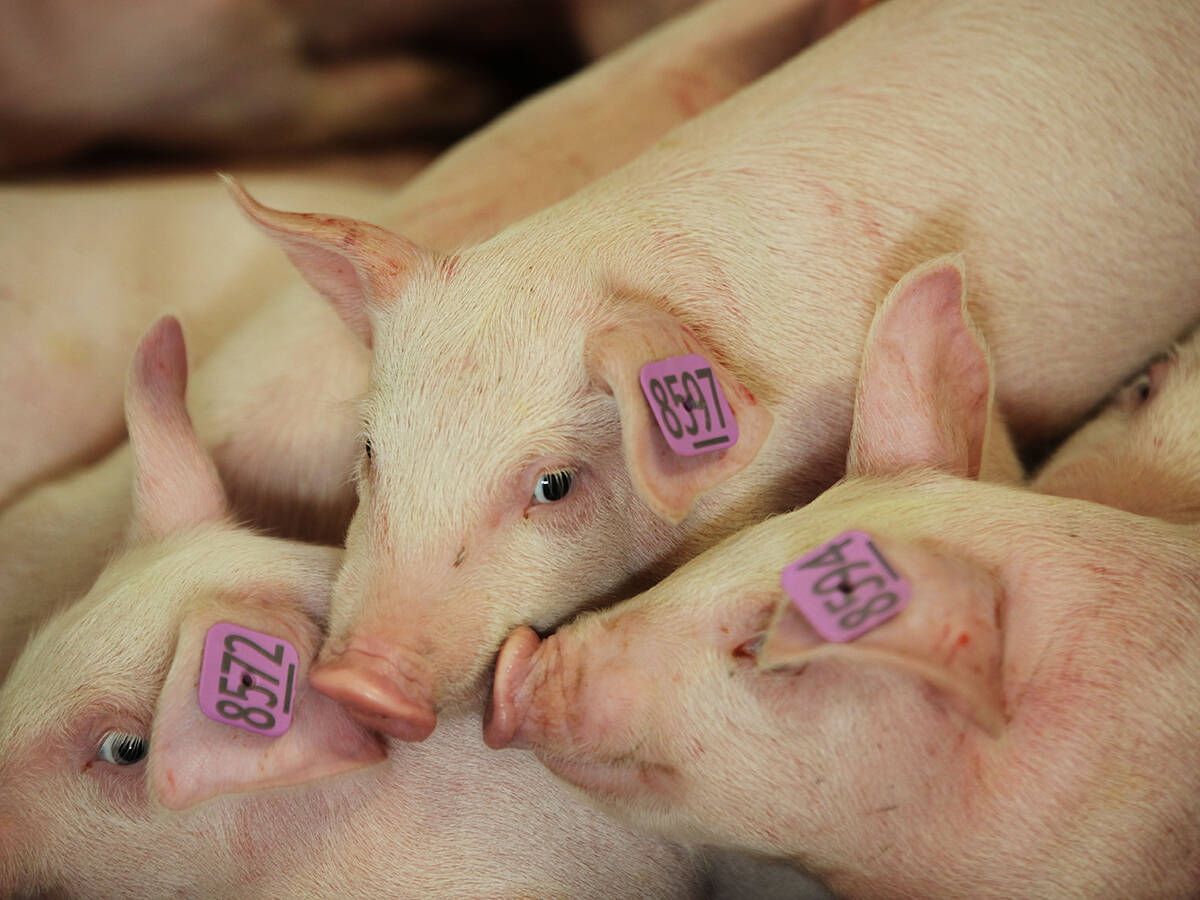VANCOUVER — Bovine respiratory disease is a costly and complicated condition in which viruses and bacteria may bombard a vulnerable animal all at once.
Finding a solution at the genetic level could complement a vaccine and antibiotic regime at feedlots, where many animals become sick.
“It accounts for over 50 percent of the feedlot deaths, so it is an economically important disease,” said Larry Kuehn of the U.S. Department of Agriculture’s Animal Research Service.
“There is a good argument to pass genomics technology to the feedlot sector.”
Read Also

The Western Producer Livestock Report – October 16, 2025
Western Producer Livestock Report for October 16, 2025. See U.S. & Canadian hog prices, Canadian bison & lamb market data and sales insights.
Genetic selection for increased resistance could be part of an integrated solution to reducing BRD incidence, Kuehn told the World Congress of Genetics Applied to Livestock Production, which was held in Vancouver Aug. 17-22.
The important genetic factors could be identified at the seed stock level to produce resistant animals that might pass the trait on to offspring in the commercial world.
However, the complexity of the disease is the biggest obstacle to finding a genetic solution.
There are five primary viruses: two strains of bovine viral diarrhea virus, bovine herpesvirus, bovine respiratory syncytial virus, parainfluenza and bovine coronavirus.
As well, many bacteria such as mannheimia haemolytica or histophilus may attack the animal and cause secondary infections when they travel down the respiratory tract.
Careful examination of environmental factors that predispose animals to bacterial infection may also help identify targets for genetic selection to reduce BRD incidence.
Some animals may get sick because of shipping, introduction to new feed, commingling with strangers or stress, while others do not, which suggests resistance or tolerance are present.
Anything that causes calves discomfort or stress alters their ability to fight disease and could predispose them to BRD.
Improved vaccines, management changes to reduce stress and sub-therapeutic and therapeutic use of antibiotics will continue to play key roles in managing BRD.
The disease also needs an accurate diagnosis and correct identification of the virus or bacterium that is involved. Multiple research groups are studying the different pathogens and their impact, but Kuehn said more collaboration and sharing of findings are needed.
Genomics could be used to track traits such as immune function, but the costs would be prohibitive at the commercial cattle level.

















